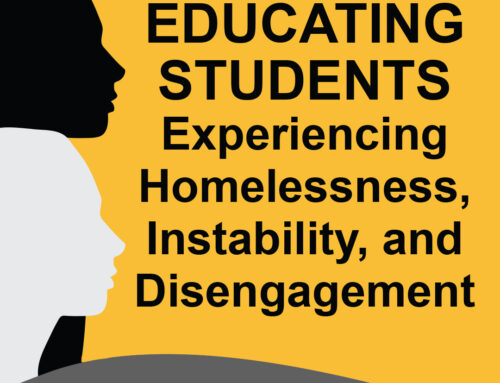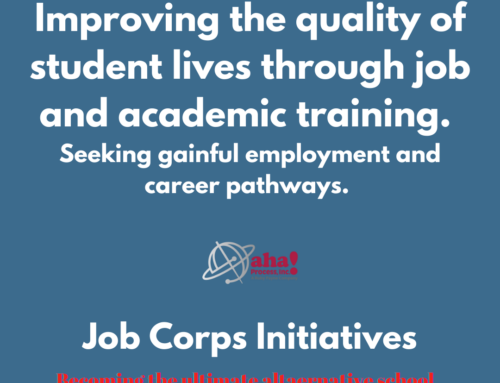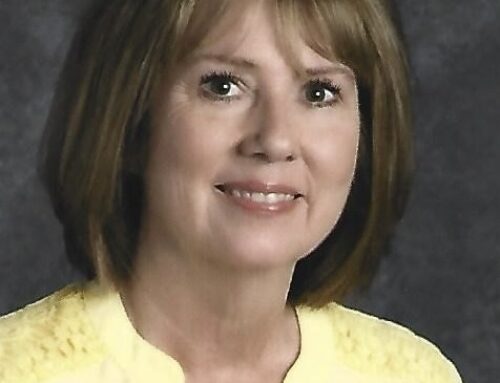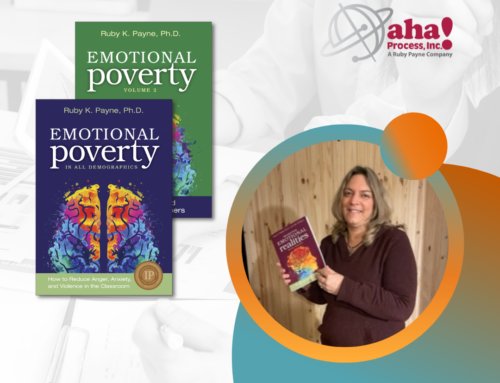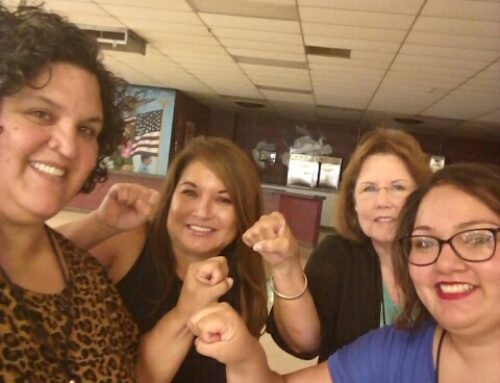Grandchildren! What a delightful word! My grandson, Noah, is 14 months old. Over the holidays my husband and I were able to spend an entire week with Noah and his parents, our son Aaron and daughter-in-law Allison. I began to realize just how much time was spent on words. We were constantly talking to Noah about his surroundings. Boat, fish, water, Mimi, Papaw, ball, and an endless list of words were repeated time and time again. Formal register does not become part of a child’s life without time and effort and it has great educational impact.
Students in school today must learn, understand, and use formal register on a daily basis. Formal register is one of the five registers of language identified by Dutch linguist Martin Joos. Dr. Ruby Payne discusses the importance of this research in her workshops. Popular culture, however, does not reinforce the use of formal register. Music, movies, television programs, e-mail, chat rooms, etc. are inundated with casual register. Conversation time with adults who do speak formal register has also diminished. Time was once spent conversing around the dinner table and in the car. Many families now eat around the television and talk little about the shows they are viewing. Travel in the car is now spent with individual headsets on listening to music or watching movies and cartoons on the video monitor hanging from the ceiling.
Children need opportunities to engage in meaningful conversation with adults who are speaking formal register. If that does not happen at home or in their surroundings, it becomes even more imperative for us as educators to focus on teaching, modeling, and otherwise encouraging the use of formal register.
-Kim Ellis, aha! Process Consultant and Author
Kim D. Ellis has been a professional educator since 1979, teaching children in elementary classrooms, adults in ENL programs, (English as a new language), and training professionals throughout the United States how to raise student achievement. Ellis has established a stellar record of educational leadership through her work instructional leadership teams, a peer facilitator, and implementing a campus adult literacy program. As an educational consultant for aha! Process since 1997, she most recently authored, Putting the Pieces Together, a workbook to help build students’ cognitive abilities and raise achievement through implementation of the five instructional strategies presented in the Learning Structures training.

